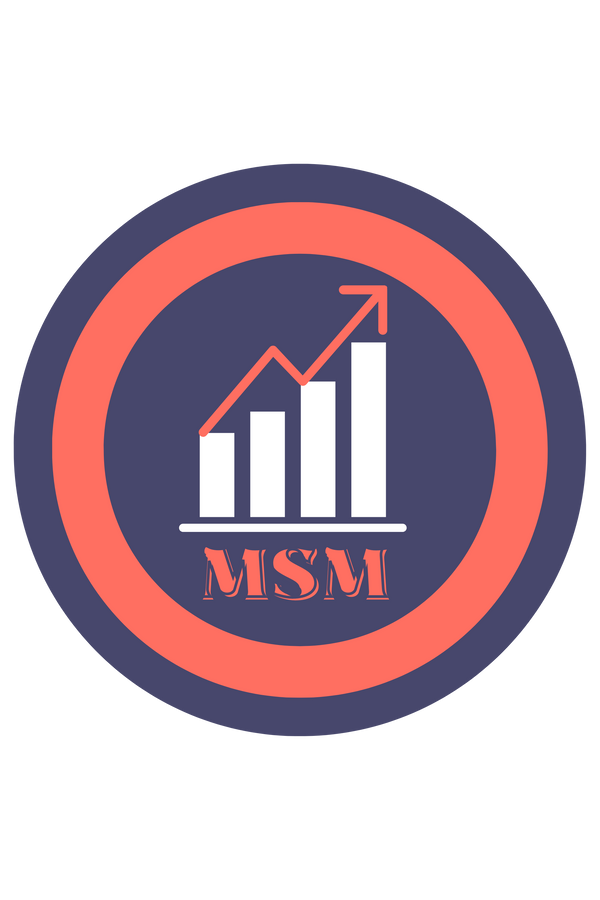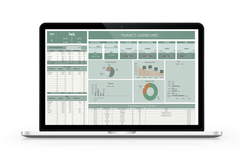Understanding What “Minimum Payment” Really Means
At first glance, the minimum payment on your credit card or loan seems like a lifeline. It’s the smallest amount you can pay to avoid late fees and stay in good standing with your lender. But behind that convenience lies a costly truth: minimum payments are not designed to help you get out of debt—they’re designed to keep you in it.
For credit cards, the minimum is often around 2% to 3% of your balance, or a fixed amount like £25—whichever is greater. That small number might seem manageable, but it comes with a long-term price.

How Credit Card Interest Compounds Over Time
When you make only the minimum payment, the bulk of your payment goes toward interest, not the actual amount you owe (called the principal). The remaining balance keeps accruing more interest each day. This is known as compound interest, and over time, it dramatically inflates the amount you’ll repay.
This means you could be paying double or even triple your original debt amount—just because you’re doing what the lender technically asks.
Real Example: The Long-Term Cost of Making Minimum Payments
Let’s break it down with a simple example:
| Debt | Balance | Interest Rate | Estimated Time (Minimum Payments Only) | Total Interest Paid |
|---|---|---|---|---|
| Credit Card | £2,500 | 26% | 21 years | Over £4,500 |
In this case, you’d pay more in interest than the original debt—and it would take two decades to clear. That’s the trap.
Why Minimum Payments Are Designed to Keep You in Debt
Credit card companies make money from interest. The longer you stay in debt, the more they earn. That’s why minimum payment structures are often misleading. They:
- Keep your balance high
- Stretch out the repayment timeline
- Maximize interest revenue for lenders
In short, they’re good for banks, but not for you.
Why Paying the Minimum Feels Right—But Keeps You in Debt
Paying anything at all feels responsible. And that’s the trick. Minimum payments give the illusion of progress—your balance might go down slightly, and you avoid late fees. But the real cost is invisible until months or years later when you realize your balance hasn’t budged.

The Hidden Costs: Interest, Credit Scores, and Mental Load
Sticking to minimums doesn’t just cost you money—it can impact:
- Your credit score: High utilization = lower score
- Your financial flexibility: Less room for emergencies or saving
- Your mental health: Ongoing debt causes stress and anxiety
You might not notice the damage right away, but over time, it accumulates.
What to Do Instead of Just Making Minimum Payments
• Use the Avalanche or Snowball Method
Target extra payments to either your highest-interest debt first (Avalanche) or smallest balance first (Snowball). Both methods help you pay off debt faster and save money.
• Consider Balance Transfers or Low-Interest Alternatives
Many banks offer 0% interest for 12–24 months on balance transfers. Use this window to make large payments without accruing new interest.
• Automate Extra Payments
Set up automatic monthly overpayments—even £50 extra makes a huge difference over time.
How to Tell If You’re in a Minimum Payment Trap
You might be stuck in the trap if:
- Your balances never go down
- You can’t recall your original loan amount
- You’re not tracking how much you’re paying in interest
- You’re making payments but feeling no progress
Awareness is the first step to change.
When Minimum Payments Might Actually Be Appropriate
Minimum payments can be temporarily useful when:
- You’re between jobs or facing an emergency
- You’re prioritizing an emergency fund
- You’re avoiding default while planning a strategy
But they should never be your long-term strategy.
Building a Plan to Escape the Cycle
Here’s how to start:
-
List all your debts by balance, interest rate, and minimum payment.
-
Choose a strategy: Avalanche for savings or Snowball for momentum.
-
Commit extra monthly payment—even £25 makes a difference.
-
Track your progress using a spreadsheet or app.
-
Revisit your budget monthly and reallocate windfalls (bonuses, tax returns) toward debt.
Tools to Track Your Progress and Stay Motivated
-
YNAB (You Need a Budget)
-
Debt Payoff Planner App
-
Excel/Google Sheets
These tools let you visualize your progress and celebrate wins—even small ones.
Final Thoughts: Take Back Control of Your Debt
Minimum payments might feel safe, but they silently drain your finances over time. The good news? You can break the cycle. With a clear strategy and a few consistent changes, you’ll not only escape the trap—you’ll build lasting financial freedom.
Start today. One extra payment can change your path.
FAQs
What happens if I only make the minimum payment on my credit card?
You’ll pay mostly interest, your balance will barely shrink, and you could remain in debt for years.
How long will it take to pay off my debt with minimum payments?
Typically 15 to 25 years, depending on the balance and interest rate.
Can making just the minimum payment hurt my credit score?
Yes—because it keeps your credit utilization high, which negatively affects your score.
Is there a better strategy than minimum payments?
Yes. The Avalanche or Snowball method will get you out of debt faster and with less interest paid.
What’s the average interest paid when sticking to minimums?
It’s common to pay double or more your original balance in interest.
Can I negotiate my minimum payments with creditors?
In some cases, yes. Especially if you’re in financial hardship—ask about a lower interest rate or payment plan.
Conclusion: Choose Action Over Avoidance
You don’t have to settle for the status quo. Minimum payments are a trap—but now that you understand how they work, you can choose a better path forward. Whether you go Avalanche, Snowball, or negotiate better terms, the most important step is starting.
Your debt-free future begins with a single, intentional payment.





